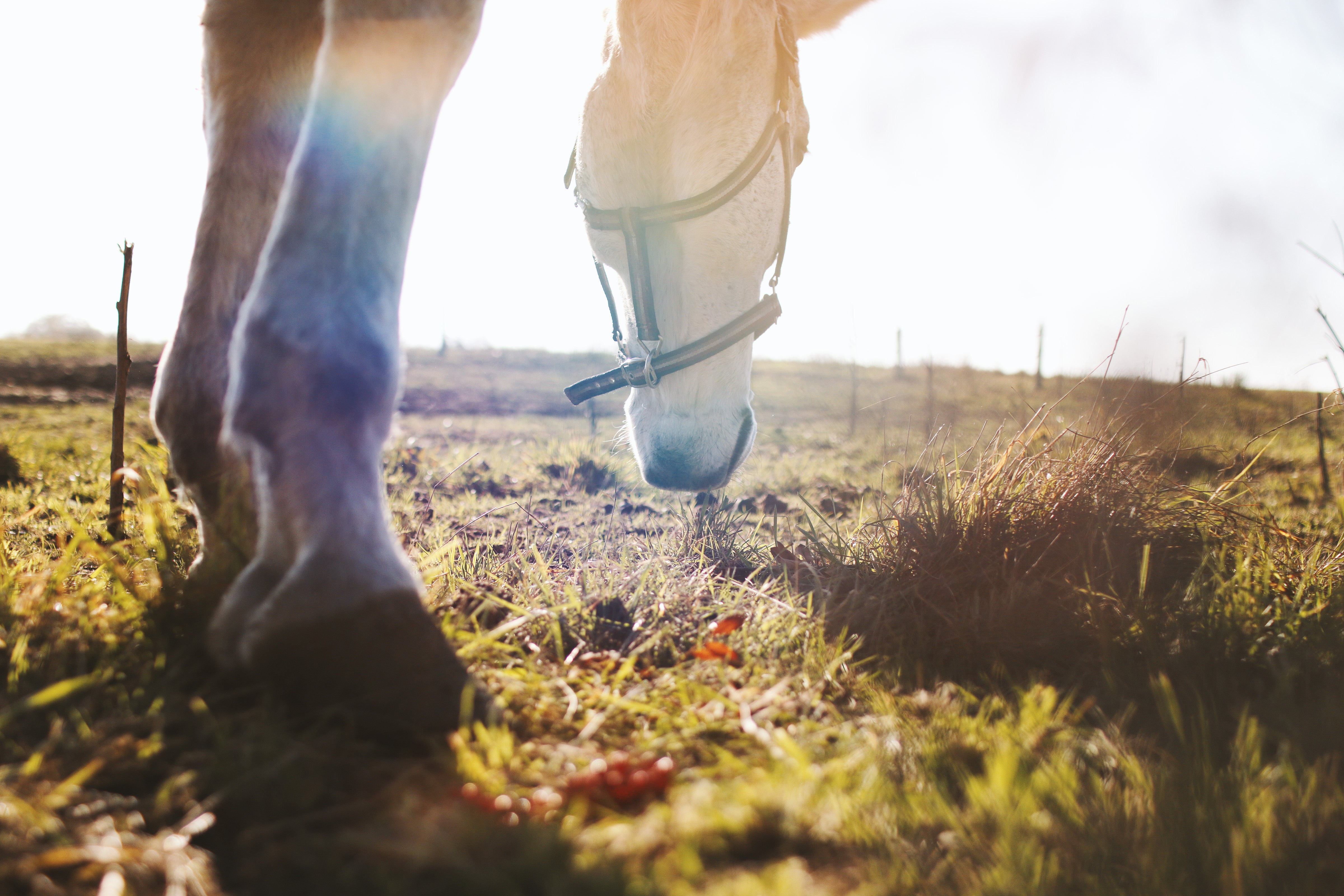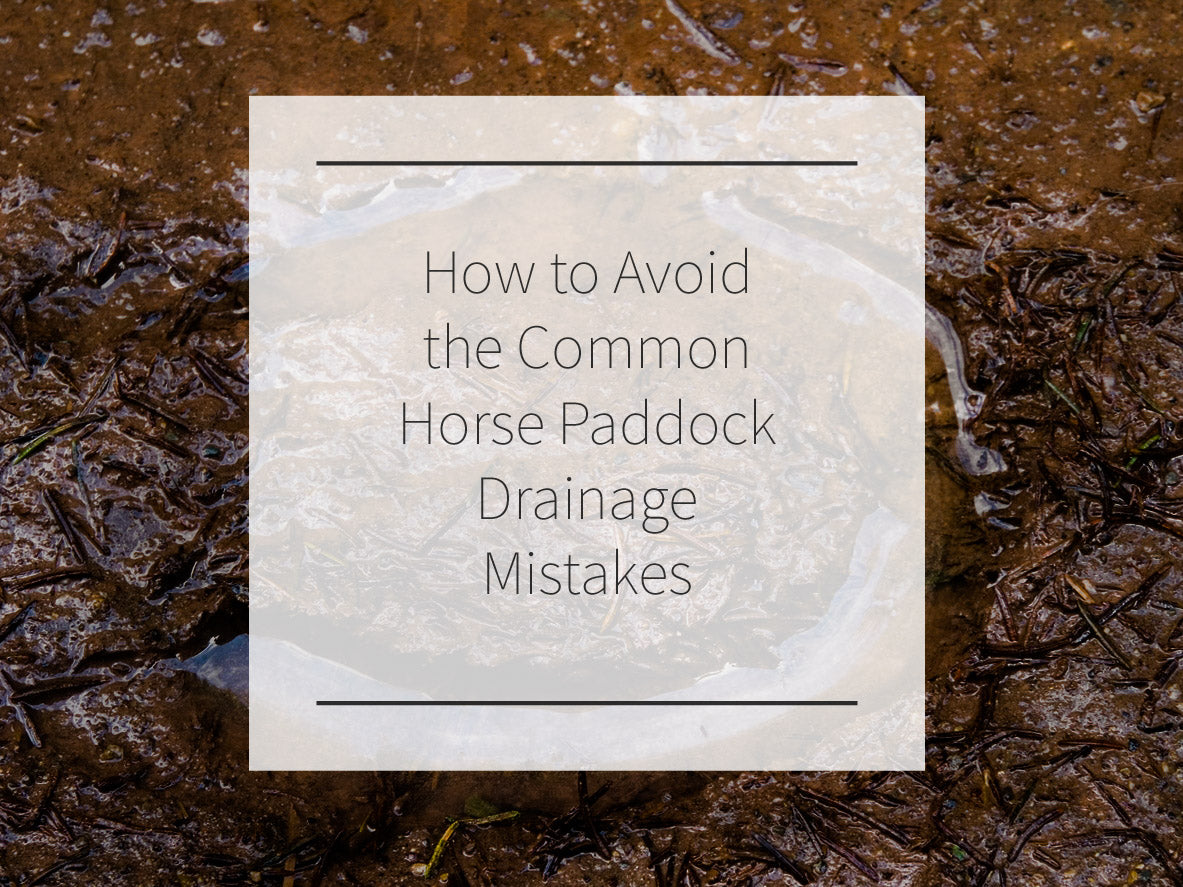When shopping for gravel to fill your Lighthoof panels, choose wisely for the best possible results.
Do not fill Lighthoof panels with pea gravel, drain gravel, or other rounded rock or sand infill. You may use any footing product you would like over the top of the cells, but you will want to use the correct material for filling the cells.
Since gravel types and availability vary so much from region to region, look for these three characteristics to determine which product at your local gravel yard will work.
1. Angular
Chose a gravel that is angular in particle shape. This is typically crushed aggregate that has been made at the quarry by grinding up larger rocks, not mined from a river bed or bank. The angular particles lock together for better stability and keep the gravel from wanting to shift around in the cells. Pea gravel, drain rock, or river rock DO NOT work for within the cells.
2. Varied Particle Size
Choose a gravel with “fines” or a mixed gravel that is made up of a variety of particles down to dust or sand sized pieces. The smaller pieces will settle in the cracks and lock everything together to resist digging by curious horses. Don’t worry about slowing the rate of drainage, ground stability is more important for equine mud prevention.
3. Smaller than 1 Inch
Large stones can work their way to the surface and bruise hooves, so we recommend finding a gravel with no pieces larger than one inch. Most gravel is sold in sizes of ⅜” to ¾”. Finer gravel works better for an even and smooth fill, but if all you can find is ¾” minus road base, it will do the trick.
Some Common Terms that Can Indicate the Correct Type of Gravel
Here are some words and product names you can look for that generally (but not always) describe the right kind of gravel. Check particle size, variation, and angularity before buying.
- Base e.g. paver base, road base (usually larger stones, so be careful)
- Minus e.g. ⅜” minus (indicates that there is varied particle size)
- Decomposed Granite (DG) common in the southwest, usually angular sometimes need to have sand or stone dust added to make varied particle size
- Crushed e.g. crushed limestone, crushed asphalt, crushed stone, crusher run
- Stone Dust (this is very fine and can usually be used alone or mixed with gravel)
- Fines (a term for the smaller particles left in the gravel mix)
- Aggregate (generally used to describe crushed stone) If you need help, let us know where you are located or what quarry you prefer to buy from and we will do some research on your local offerings and make a recommendation.
Download a PDF Gravel Guide
Pro Tip: Sometimes gravel sellers don’t have exactly what you’re looking for. Don’t worry! They can usually make it for you. Provide this gravel guide or tell them that you are looking for a fine mix of crushed rock for making a stable compacted base. You can have us call them for you if you are uncertain about what to ask for.
What's Lighthoof?
Lighthoof is a plastic panel that provides enhanced stability for permanent mud control in high hoof-traffic areas, such as muddy horse paddocks. Find out how Lighthoof works.




Leave a comment
This site is protected by hCaptcha and the hCaptcha Privacy Policy and Terms of Service apply.